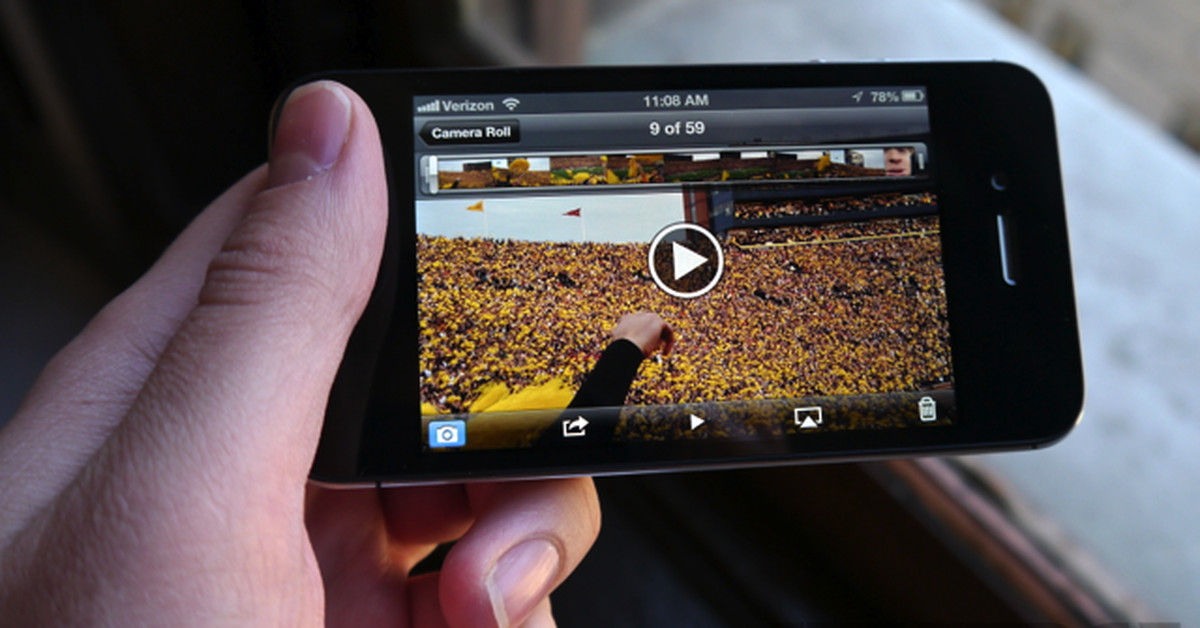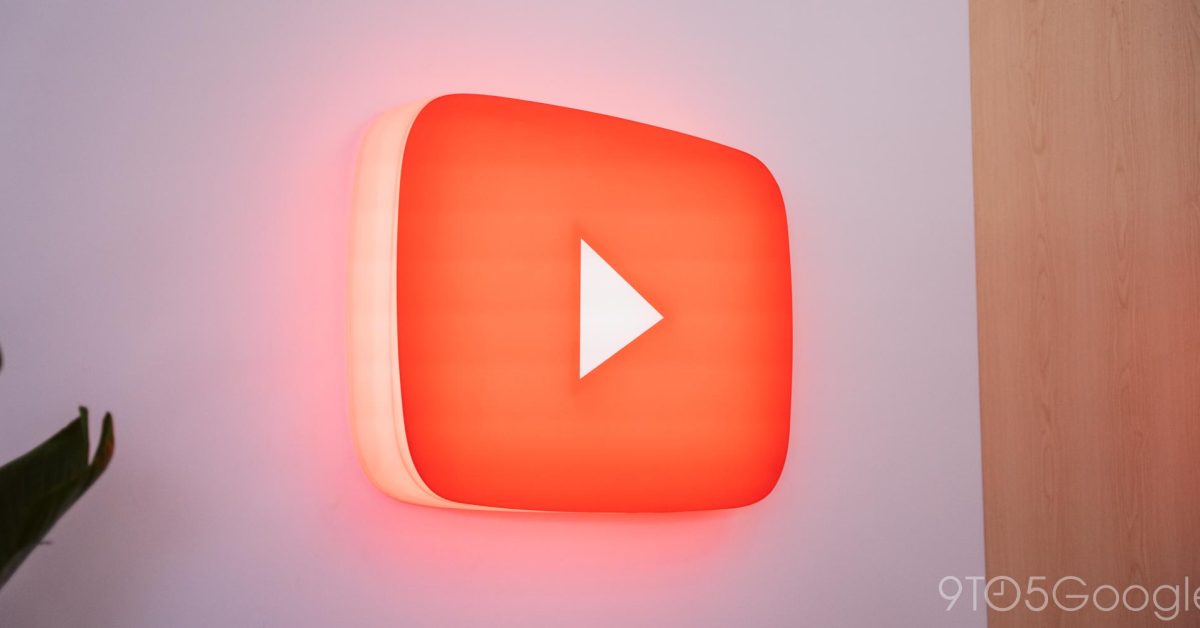Vinyl, which tends to be pricier than the newer format, also far outstripped CDs in actual money made, raking in $1.4 billion compared to $537 million from CDs. The RIAA’s report shows that CD revenue was up, too, but in terms of physical products sold, people actually bought about 700,000 fewer CDs in 2023 than the year before. (If you’re curious, nearly half a million cassettes sold last year, too, according to Billboard.)
That doesn’t come close to touching streaming, of course — paid subscriptions, digital radio services like SiriusXM or TuneIn, and ad-supported services accounted for 84 percent of music revenue for the year, or about $14.4 billion. The RIAA says that’s a record.
In a press release shared with The Verge, RIAA CEO Mitch Glazier said this year’s growth comes despite “the mushrooming threat of generative artificial intelligence,” which the RIAA says threatens the “dynamic growth and cultural reach” of music. While it’s not entirely clear that human-made music is at all in danger, the industry is grappling with things like AI lyric distribution and voice clones.
But it’s not hard to see why record sales are trouncing optical discs. CD players aren’t nearly as ubiquitous as they used to be. New cars mostly don’t ship with them anymore, and neither do computers. Plus, it’s impossible to impress anyone with your collection of jewel cases. But invite either your cool audiophile friend over or their nostalgic parent, and either is probably equally likely to pore over the tattered spines of your collection of garage sale scores, special-edition records, and concert trophies — and engage with you when you say things like, “Vinyl is cool, but it’s not actually better than a CD.”
But despite streaming getting a much bigger slice of the pie overall, it hasn’t managed to Pac-Man physical sales any more than it did last year. In fact, the ratios were more or less the same as last year, with physical media accounting for 11 percent of sales, music sync royalties taking 2 percent, and digital purchases, which physical sales overtook in 2017, garnering 3 percent of the overall share.










